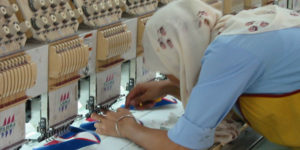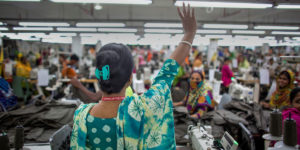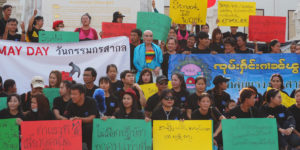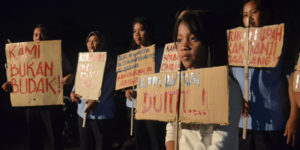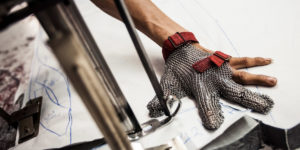Issues
An Industry Fueled by Labor Abuse
Unfortunately, the poverty wages, abusive treatment, and unsafe working conditions that most garment workers experience do not occur in spite of the modern industry’s structure, but because of it. The structure of the garment industry relies on systematic violations of workers’ rights, including wage theft, gender-based violence and abuse, violations of workers’ right to organize, and violations of workplace health and safety standards.
Most modern apparel brands and retailers don’t own their own factories; they assign production to their vast network of contract factories, which may number in the hundreds or thousands for very large companies like Nike and H&M. In the average factory, each individual brand represents only a small fraction, close to 3-8 percent, of production. Brands also typically sign only short-term contracts with each supplier factory, meaning that each factory does not necessarily know how much future business, if any, it will receive from each brand. This means that garment factories must piece together orders to survive, and must therefore be able to offer low prices to brands in order to be chosen in a competitive environment. The pressure to cut costs wherever possible leads factory owners and managers to squeeze labor in turn. Beyond low wages, workers experience this price squeeze in the forms of wage theft, safety violations, excessive overtime, and violations of their right to organize, to name a few.
Although there are laws in most garment-producing countries that set standards on worker protections such as minimum wages, overtime rules, and safety standards, the governments of these countries are often unwilling or unable to enforce their own laws. There is too much economic pressure: governments fear that if they enforce labor standards, which would increase factories’ costs, international brands will simply relocate to countries with more lax enforcement.

